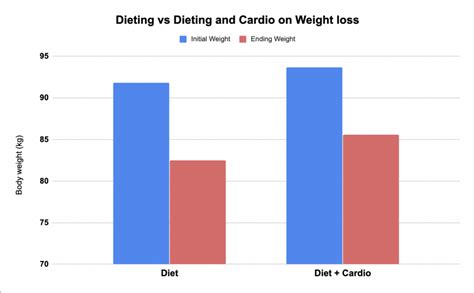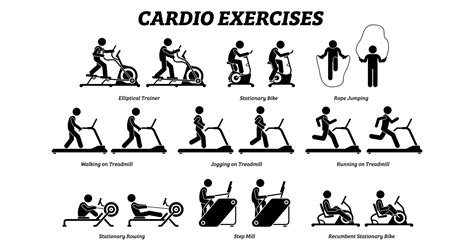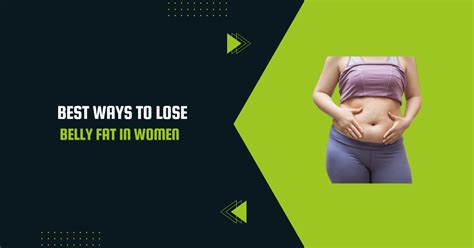When it comes to the persistent challenge of reducing belly fat, a common question arises: what is more effective – dedicated dietary changes or consistent cardiovascular exercise? The answer isn’t always black and white, as both play crucial, yet distinct, roles in achieving a leaner midsection and improving overall health. Understanding their individual contributions and how they complement each other is key to developing an effective strategy.

The Undeniable Impact of Diet
Many experts agree that when it comes to fat loss, diet is paramount. You simply cannot out-exercise a poor diet. Belly fat, like all body fat, is accumulated when you consume more calories than you burn. Therefore, creating a calorie deficit through diet is the most direct way to signal your body to tap into its fat reserves.
Focusing on a diet rich in whole, unprocessed foods – lean proteins, abundant vegetables, fruits, and healthy fats – is crucial. Reducing intake of refined sugars, trans fats, and highly processed foods not only helps reduce calorie intake but also improves metabolic health. Furthermore, a diet high in fiber can specifically target visceral fat, the dangerous fat stored deep within the abdomen, by improving gut health and satiety.

Harnessing the Power of Cardio
Cardiovascular exercise, often referred to as cardio, is incredibly effective for burning calories and improving overall fitness. Activities like running, cycling, swimming, or brisk walking elevate your heart rate, leading to significant calorie expenditure during and after your workout. While cardio helps create the necessary calorie deficit for fat loss, its benefits extend beyond just burning calories.
Regular cardio can improve insulin sensitivity, reduce inflammation, and lower levels of cortisol, the stress hormone that can contribute to belly fat accumulation. Moreover, studies show that aerobic exercise can be particularly effective at reducing visceral fat, even without significant weight loss. It improves blood flow and nutrient delivery, enhancing your body’s ability to utilize fat for energy.

The Synergistic Approach: Why Both Are Essential
While both diet and cardio are powerful tools individually, their true strength lies in combination. Neither exclusively ‘wins’ the battle against belly fat because they address different aspects of the same goal. Diet primarily dictates whether you’re in a calorie deficit, forcing your body to burn fat. Cardio accelerates this process, burns additional calories, and provides numerous metabolic and health benefits that diet alone cannot achieve.
Combining a calorie-controlled, nutrient-dense diet with a consistent cardio routine creates a powerful synergy. Diet provides the fundamental framework for fat loss, while cardio enhances fat burning, improves cardiovascular health, boosts mood, and contributes to sustained weight management. For optimal results, incorporating strength training is also highly recommended, as it builds muscle, which boosts your resting metabolism, helping you burn more calories even at rest.

Practical Strategies for Success
- Set Realistic Goals: Aim for a gradual and sustainable fat loss of 1-2 pounds per week.
- Prioritize Whole Foods: Build your meals around lean protein, vegetables, fruits, and whole grains.
- Stay Hydrated: Drink plenty of water throughout the day to support metabolism and satiety.
- Vary Your Cardio: Engage in at least 150 minutes of moderate-intensity or 75 minutes of vigorous-intensity cardio per week. Mix in HIIT (High-Intensity Interval Training) for added benefits.
- Include Strength Training: Aim for 2-3 full-body strength training sessions per week to build muscle and boost metabolism.
- Manage Stress and Sleep: Chronic stress and lack of sleep can increase cortisol levels, hindering fat loss. Prioritize restful sleep and stress-reduction techniques.

Conclusion: A Holistic Path to a Leaner Midsection
Ultimately, there isn’t a single ‘best’ option between diet and cardio for cutting belly fat. The most effective strategy involves a comprehensive approach that integrates both. Diet establishes the necessary calorie deficit and provides essential nutrients, while cardio enhances fat burning, improves metabolic health, and boosts overall fitness. By committing to a balanced diet, regular exercise (including both cardio and strength training), and a healthy lifestyle, you’ll not only reduce belly fat but also improve your overall well-being and longevity. It’s not about choosing one over the other, but rather embracing the powerful combination of both for lasting results.




